If you read this previous blog about types of salt (sodium chloride), you might recall that I mentioned salt is an essential nutrient. The body uses salt to maintain fluid levels and support muscle and nerve function. Sodium is critical for heart, liver and kidney function. Chloride, the other part of salt, is used in the production of hydrochloric acid in the stomach, which is necessary for digestion.
So, how would you feel if you weren’t getting enough salt (for your body)? You might feel tired, dizzy, or lightheaded or have muscle cramps or a headache. If your sodium levels drop too low (hyponatremia), this can be very dangerous, even deadly. It’s really all about balance.
It’s Not Just Salt
The problems with dietary salt intake are intertwined with the increasing amount of highly processed foods (and low amounts of fruits and veggies) in our diets. Whether it’s high blood pressure, stroke or heart disease in general, there are many contributing factors. The human body is much more complicated than thinking that one thing causes heart issues.
When you are eating highly processed foods on a regular basis, you are not only getting a high sodium intake, but likely also highly processed carbs, excess added sugars, unhealthy fats, excess calories and toxins.
However, when you reduce processed foods, fast foods and eating out, you are not only reducing those things, but you are likely greatly increasing your nutrient, fiber and phytonutrient intake, all of which play an essential role in our overall health, including heart health. Studies are finding that everything from excess calories, excess sugar and even the chemical compounds formed during manufacturing, all contribute to the elevated blood pressure we see in those eating highly processed foods. So, eating low sodium processed food won’t help – salt isn’t the only factor.
Potassium intake or the potassium to sodium ratio also seems to be more important than just dietary sodium level when it comes to blood pressure. Currently, most Americans are not consuming adequate potassium. Where do you get potassium? Fruits and vegetables.
How much #salt should you have in a day? Get salty with us and find out. #saslife Click To TweetHow Much Salt Should I Have?
When it comes to making overall guidelines, it can get tricky. There has always been controversy around recommended sodium intakes for broad populations. I like this quote from an article in the International Journal of Epidemiology. When I read this quote, I just feel like there is some sarcasm in the tone, like duh, fruits and vegetables people.
“The randomized studies since 1973 have now eliminated this controversy, because supporters and sceptics have, in meta-analyses, agreed that sodium reduction decreases blood pressure by about 4/2 mm Hg in hypertensive persons. Ironically, in the meantime, we have got so many more efficient medical treatments that the place of sodium reduction in the treatment of hypertension is probably rather marginal. Today we even have a dietary measure that is more efficient and more acceptable for the patients than sodium reduction, namely the intake of fruits and vegetables.”
Sodium guidelines per organization:
- Dietary Guidelines for Americans 2020-2025: 2,300 mg per day
- American Heart Association: no more than 2,300 mg per day...ideal limit of no more than 1,500 mg per day
- World Health Organization: less than 5 g per day (5,000 mg)
Bottom Line
I think our message should be focused on the overall food intake, not one nutrient, even for those with elevated blood pressure. Instead of focusing on “eating a low salt diet,” we should be focusing on eating a real, whole foods diet, rich in fruits and vegetables.
So, how much salt should YOU have in a day? The unpopular answer: it depends. We are all different and have different nutrient needs. If you just really need a number, for a generally healthy person I would say somewhere between 2,300 mg - 5,000 mg. If you have heart, kidney or other health concerns, your nutrient needs will be different.
If you are concerned about your sodium intake or any other nutrient intake, please consult a registered dietitian/nutritionist for individualized guidance.
Winter Salad with Lemon Chicken
Recipe adapted from: Pinch of Yum
Makes 4 servings
PRINT RECIPE
Ingredients
For the Salad:
1 lb boneless skinless chicken breasts or thighs
1 orange, peeled and cut into pieces
1 avocado, cut into slices
½ cup pomegranate arils (optional)
4 cups mixed salad greens
1 14-ounce can chickpeas, rinsed and drained
1 shallot, thinly sliced
handful of chopped fresh herbs like parsley or mint
For the Chicken Marinade:
⅓ cup olive oil
2 Tbsp apple cider vinegar
juice of ½ a lemon
½ tsp salt
For the Dressing:
3 Tbsp mayonnaise or plain Greek yogurt
1–2 Tbsp champagne or white wine vinegar
2 tsp Dijon mustard, or other grainy mustard
salt and pepper, to taste
Directions
- Whisk marinade ingredients together. Place in a bowl with the chicken, cover and refrigerate for 30 minutes (while prepping other stuff) or as long as 2 hours.
- Preheat oven to 410ºF or preheat your grill.
- Whisk the dressing ingredients together in a small bowl.
- Remove chicken from marinade. If baking the chicken, place on a parchment paper covered sheet pan. Bake for 10 minutes, flip and bake for 10 more minutes. Bake 3-5 more minutes if it’s not done at this point. Chicken thighs will cook a little quicker. Chicken is done when it hits 165ºF. If grilling, cook chicken over medium heat until done.
- Let chicken stand for a few minutes before cutting.
- Toss all other salad ingredients, including chicken, together with the dressing.
- Season with additional salt and pepper, to taste, and maybe a drizzle of good olive oil.
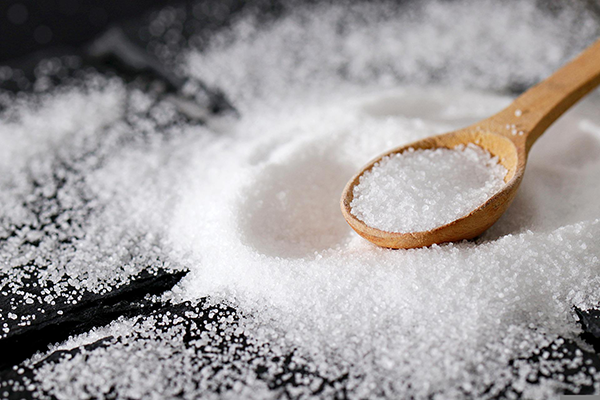
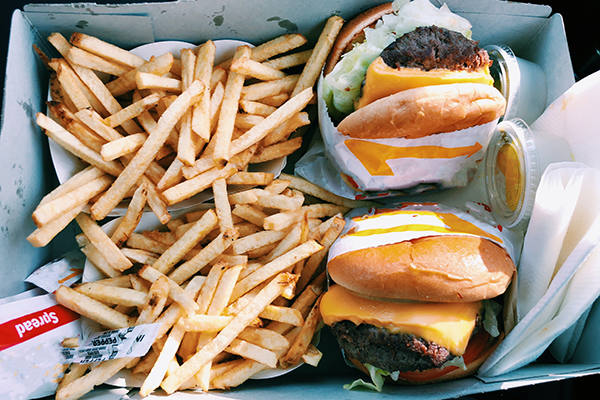
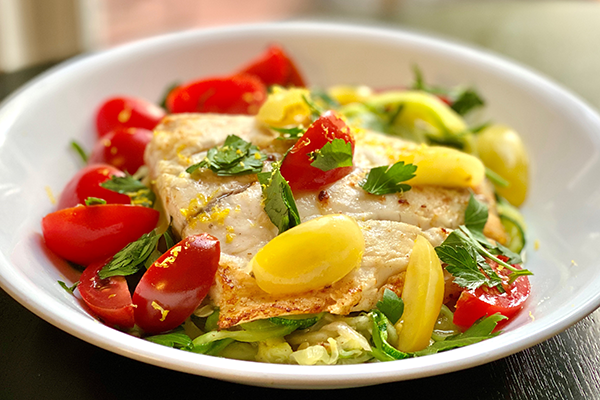
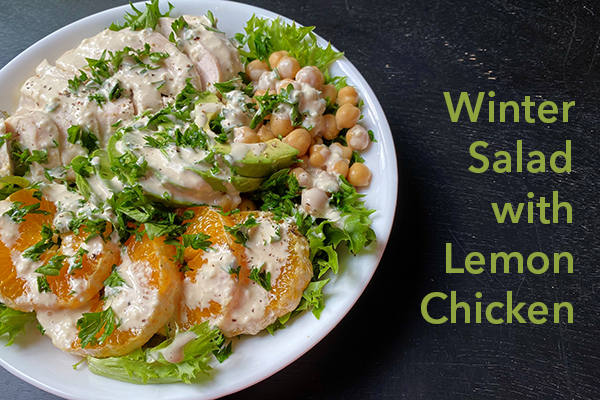
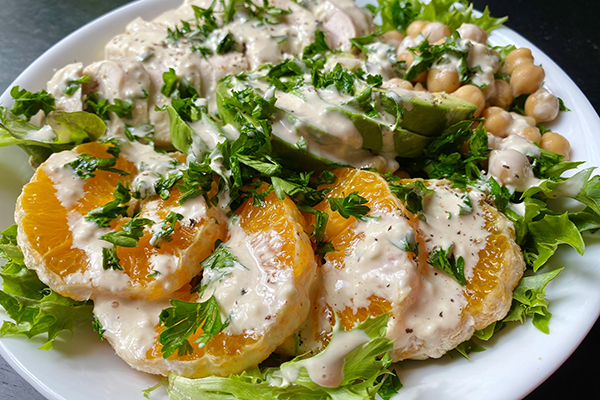

2 Comments
Salad looks yummy. thanks for sharing, Kelly!
Thanks! It is very yummy!! 🙂